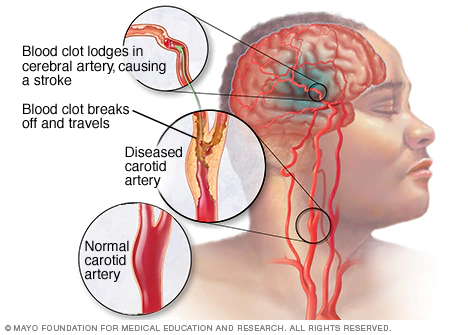Nerve palsy, also known as neuropathy, is a condition in which there is damage or dysfunction of a nerve that leads to loss of movement, sensation or other functions. Nerve palsy can occur in various parts of the body, including the face, arms, legs, and vocal cords.
Causes of Nerve Palsy: Nerve palsy can be caused by a variety of factors including:
- Trauma or injury to the nerve
- Infections, such as Lyme disease or herpes zoster
- Autoimmune disorders, such as multiple sclerosis or Guillain-Barre syndrome
- Diabetes
- Tumors or cysts pressing on the nerve
- Exposure to toxins or chemicals
- Certain medications or medical treatments

Symptoms and Effects of Nerve Palsy: The symptoms and effects of nerve palsy vary depending on the location and severity of the nerve damage. Some common symptoms include:
- Loss of muscle control or weakness in the affected area
- Loss of sensation or tingling
- Pain or discomfort
- Impaired vision, hearing, or speech
- Difficulty swallowing or breathing
- Difficulty with bladder or bowel function
Nerve palsy can have a significant impact on a person’s quality of life, causing physical, emotional and social limitations.
Treatment of Nerve Palsy: The treatment of nerve palsy depends on the underlying cause and the extent of the nerve damage. In mild cases, the nerve may heal on its own over time. In more severe cases, medical intervention may be required. Treatment options for nerve palsy may include:
- Medications to manage pain or inflammation
- Physical therapy to help regain muscle strength and mobility
- Surgery to repair or remove any growths or compressions on the nerve
- Assistive devices or adaptive equipment to help with activities of daily living
It is important to seek medical attention if you experience any symptoms of nerve palsy. Early detection and treatment can help prevent further damage and improve outcomes





